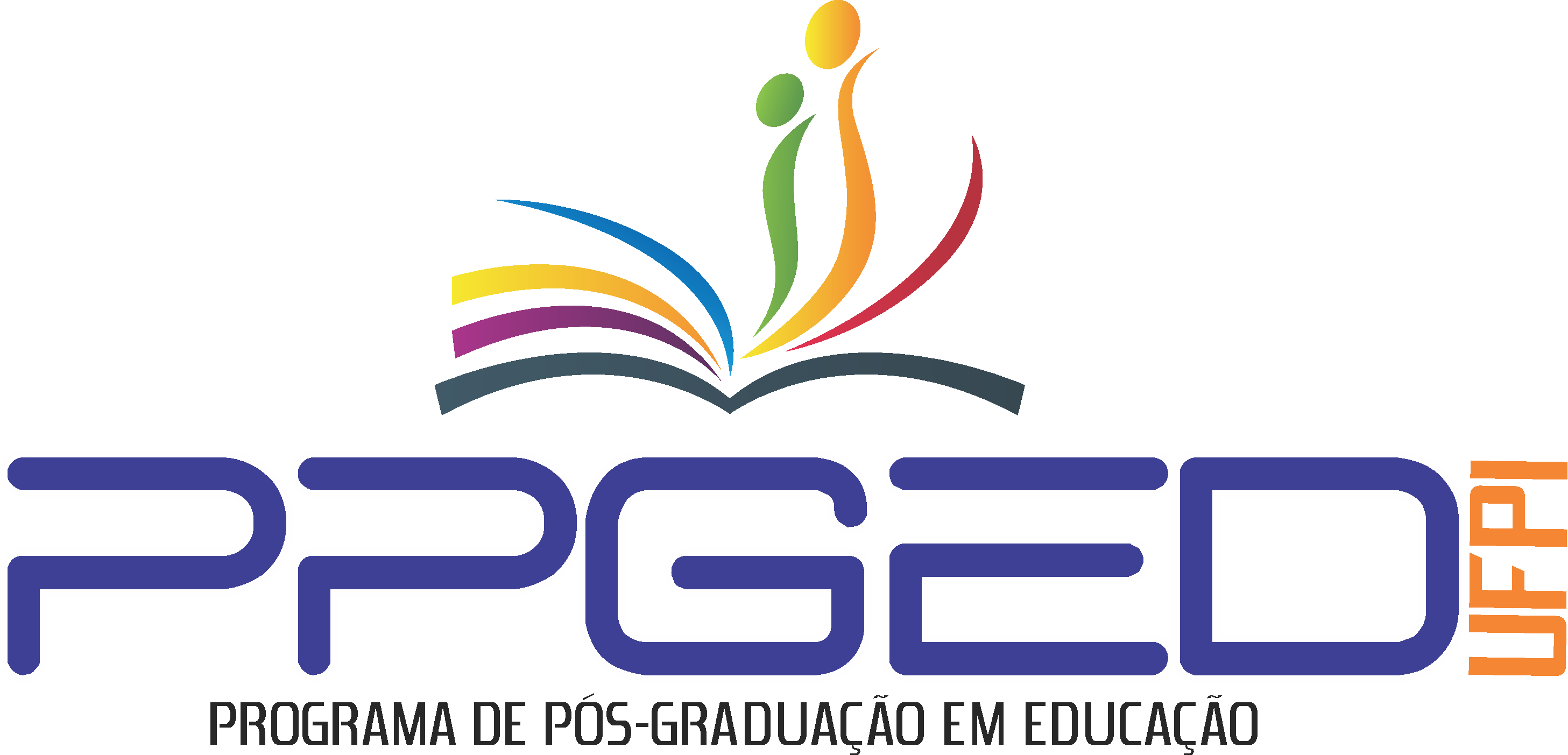ALFABETIZAÇÃO EM PESSOAS COM SÍNDROME DE DOWN: UMA REVISÃO SISTEMÁTICA
DOI:
https://doi.org/10.26694/epeduc.v7i02.5830Palabras clave:
Síndrome de Down, Alfabetização, Consciência fonológicaResumen
A síndrome de Down, também conhecida como trissomia do 21, é a mais comum entre as condições genéticas identificadas. Estima-se que ocorra em aproximadamente 1 a cada 800 nascimentos vivos, com variações relacionadas à idade da mãe. Este artigo apresenta uma revisão sistemática da literatura científica sobre alfabetização na Síndrome de Down, com base em 21 artigos selecionados da base de dados Medline nos últimos 10 anos. O estudo revela uma forte correlação entre habilidades linguísticas, especialmente consciência fonológica, e o processo de alfabetização em indivíduos com Síndrome de Down. Esses resultados destacam a importância de intervenções direcionadas para o desenvolvimento da consciência fonológica como parte integrante de programas de alfabetização para essa população.
Citas
BARTON-HULSEY, A. et al. Augmentative and Alternative Communication Supports for Language and Literacy in Preschool: Considerations for Down Syndrome and Autism Spectrum Disorder. Seminars in Speech and Language, v. 42, n. 04, p. 345-362, 2021. DOI: 10.1055/s-0041-1730996.
BARTON-HULSEY, A. et al. Maternal Input and Child Language Comprehension During Book Reading in Children With Down Syndrome. American Journal of Speech-Language Pathology, v. 29, n. 3, p. 1475–1488, 2020. DOI: 10.1044/2020_AJSLP-19-00156.
DANIELS, D. et al. Reach Out and Read Implementation in a Pediatric Down Syndrome Clinic. Journal of Pediatric Health Care, v. 36, n. 3, p. 231–239, 2022. Disponível em: https://doi.org/10.1016/j.pedhc.2021.10.003.
DALGAARD, N. T. et al. The effects of inclusion on academic achievement, socioemotional development and wellbeing of children with special educational needs. Campbell Systematic Reviews, v. 18, n. 4, e1291, 2022. Disponível em: https://doi.org/10.1002/cl2.1291.
DEHAENE, Stanislas. Neurônios da leitura: como a ciência explica a nossa capacidade de ler. Tradução de Vera Ribeiro. Porto Alegre: Penso, 2012.
DIERSEN, M. Down syndrome: the brain in trisomic mode. Nature Reviews Neuroscience, v. 13, n. 12, p. 844–858, 2012. Disponível em: https://doi.org/10.1038/nrn3314.
DULIN, M. S.; LOVEALL, S. J.; MATTIE, L. J. Home-literacy environments and language development in toddlers with Down syndrome. Frontiers in Psychology, v. 14, p. 1143369, 2023. Disponível em: https://doi.org/10.3389/fpsyg.2023.1143369.
FRIZELLE, P. et al. The co-construction of a reading assessment measure with adults with Down syndrome: a meaningful literacy approach. Frontiers in Psychology, v. 14, p. 1173300, 2023. Disponível em: https://doi.org/10.3389/fpsyg.2023.1173300.
HOLYFIELD, C. et al. Effects of an AAC feature on decoding and encoding skills of adults with Down syndrome. Augmentative and Alternative Communication, v. 40, n. 2, p. 140–154, 2024. Disponível em: https://doi.org/10.1080/07434618.2023.2266025.
JADÁN-GUERRERO, J. et al. Creating TUIs Using RFID Sensors--A Case Study Based on the Literacy Process of Children with Down Syndrome. Sensors (Basel, Switzerland), v. 15, n. 7, p. 14845–14863, 2015. DOI: 10.3390/s150714845.
KIRK, H. E. et al. Visual attention and academic performance in children with developmental disabilities and behavioural attention deficits. Developmental Science, v. 20, n. 6, 2017. DOI: 10.1111/desc.12468.
LEROUX, Emma L.; BIGGS, Elizabeth E.; SHIN, Doah E. Views of parents on supporting language and literacy for their children with complex communication needs. Journal Name, v. 55, n. 1, p. 69-84, jan. 2024. DOI: 10.1044/2023_LSHSS-23-00009.
LOVEALL, S. J.; BARTON-HULSEY, A. Reading Skills in Down Syndrome: Implications for Clinical Practice. Seminars in Speech and Language, v. 42, n. 4, p. 330–344, 2021. Disponível em: https://doi.org/10.1055/s-0041-1730991.
MANDAK, K.; LIGHT, J.; BOYLE, S. The effects of literacy interventions on single-word reading for individuals who use aided AAC: a systematic review. Augmentative and Alternative Communication, v. 34, n. 3, p. 206–218, 2018. DOI: 10.1080/07434618.2018.1470668.
MURPHY, A., BAILEY, B., & ARCIULI, J. (2023). ABRACADABRA literacy instruction for children with Down syndrome via telepractice during COVID-19: A pilot study. The British journal of educational psychology, 93(1), 333–352. https://doi.org/10.1111/bjep.12558
NUSSBAUM, R.L. Thompson & Thompson Genética Médica. 8ª ed. Tradução Ana Julia Perrotti-Garcia. Rio de Janeiro: GEN/Grupo Editorial Nacional, 2008. Publicado pela Editora Guanabara Koogan Ltda.
NÆSS, K. B.; OSTAD, J.; NYGAARD, E. Differences and Similarities in Predictors of Expressive Vocabulary Development between Children with Down Syndrome and Young Typically Developing Children. Brain Sciences, v. 11, n. 3, p. 312, 2021. DOI: 10.3390/brainsci11030312.
PELATTI, C. Y. Enhancing oral and written language for adolescents and young adults with Down syndrome. Seminars in Speech and Language, v. 36, n. 1, p. 50–59, 2015. DOI: 10.1055/s-0034-1396446.
PELOSI, M. B. et al. Atividades Lúdicas para o Desenvolvimento da Linguagem Oral e Escrita para Crianças e Adolescentes com Síndrome de Down. Revista Brasileira de Educação Especial, v. 24, n. 4, p. 535–550, 2018. DOI: 10.1590/S1413-65382418000500005.
PRAHL, A.; SCHUELE, C. M. A pilot study assessing listening comprehension and reading comprehension in children with Down syndrome: Construct validity from a multi-method perspective. Frontiers in Psychology, v. 13, p. 905273, 2022. Disponível em: https://doi.org/10.3389/fpsyg.2022.905273.
RANZATO, E.; TOLMIE, A.; VAN HERWEGEN, J. The Home Learning Environment of Primary School Children with Down Syndrome and those with Williams Syndrome. Brain Sciences, v. 11, n. 6, p. 733, 2021. DOI: 10.3390/brainsci11060733.
ROGERS, P. T.; COLEMAN, M. Medical care in Down syndrome. New York: Marcel Dekker, 1992.
VAN BYSTERVELDT, A.; GILLON, G. A descriptive study examining phonological awareness and literacy development in children with Down syndrome. Folia Phoniatrica et Logopaedica: Official Organ of the International Association of Logopedics and Phoniatrics (IALP), v. 66, n. 1-2, p. 48–57, 2014. DOI: 10.1159/000364864.
WESTERVELD, M.; VAN BYSTERVELDT, A. K. The Home Literacy Environment of Preschool-Age Children with Autism or Down Syndrome. Folia Phoniatrica et Logopaedica: Official Organ of the International Association of Logopedics and Phoniatrics (IALP), v. 69, n. 1-2, p. 43–53, 2017. DOI: 10.1159/000475840.
WISNIEWSKI, K. E. Down syndrome children often have brain with maturation delay, retardation of growth, and cortical dysgenesis. American Journal of Medical Genetics, v. 7, suplemento, p. 274-281, 1990.






















